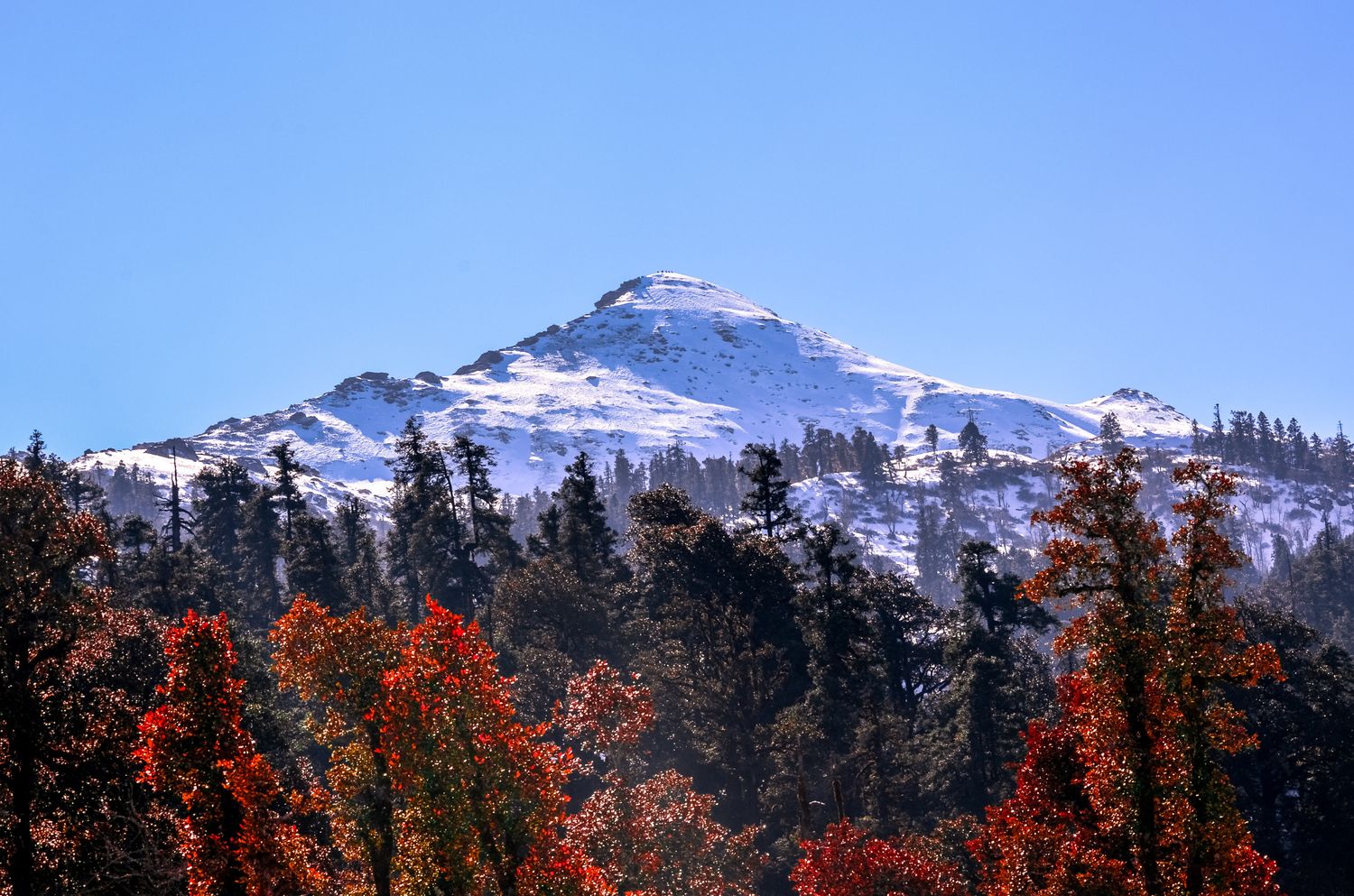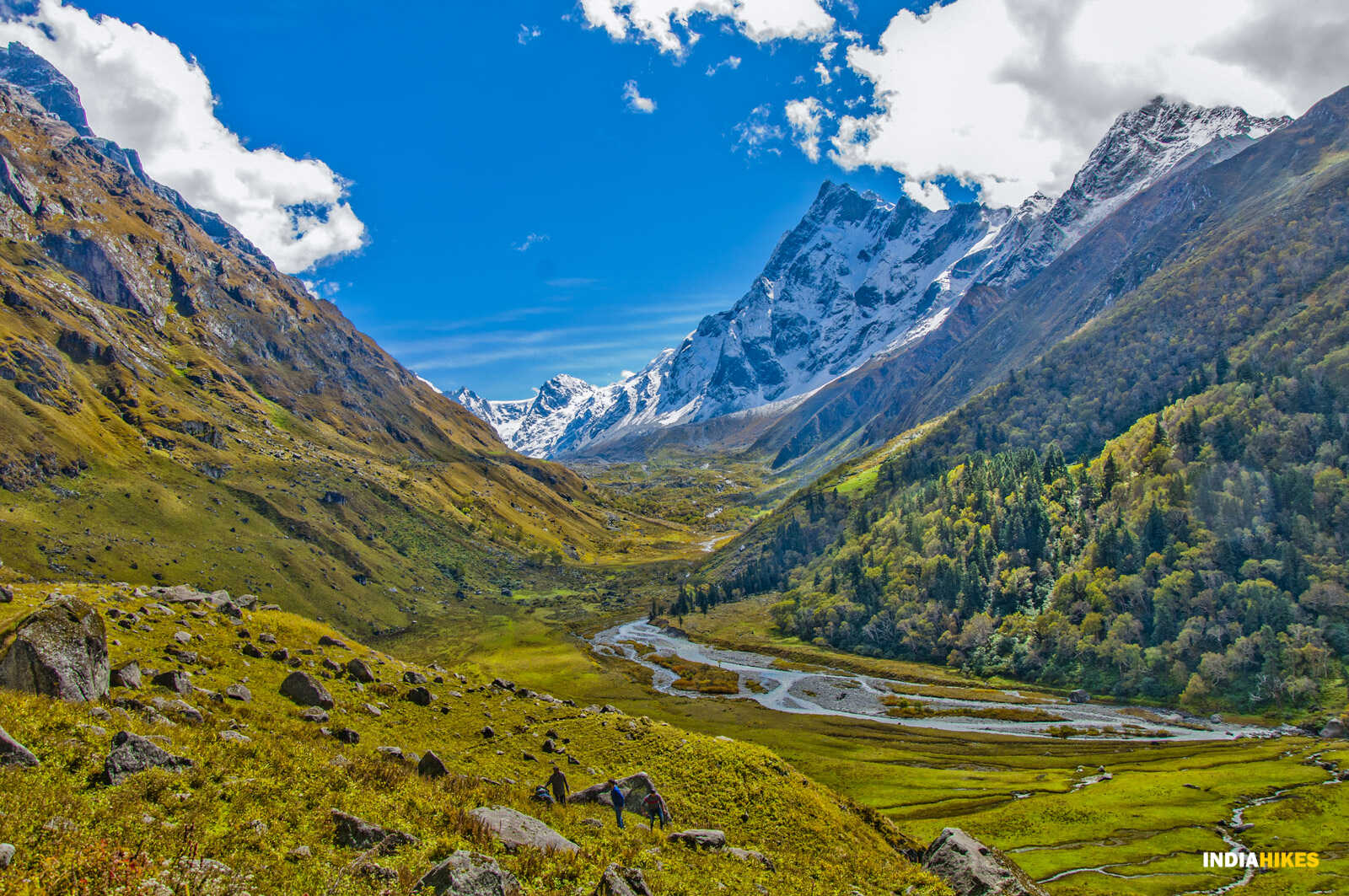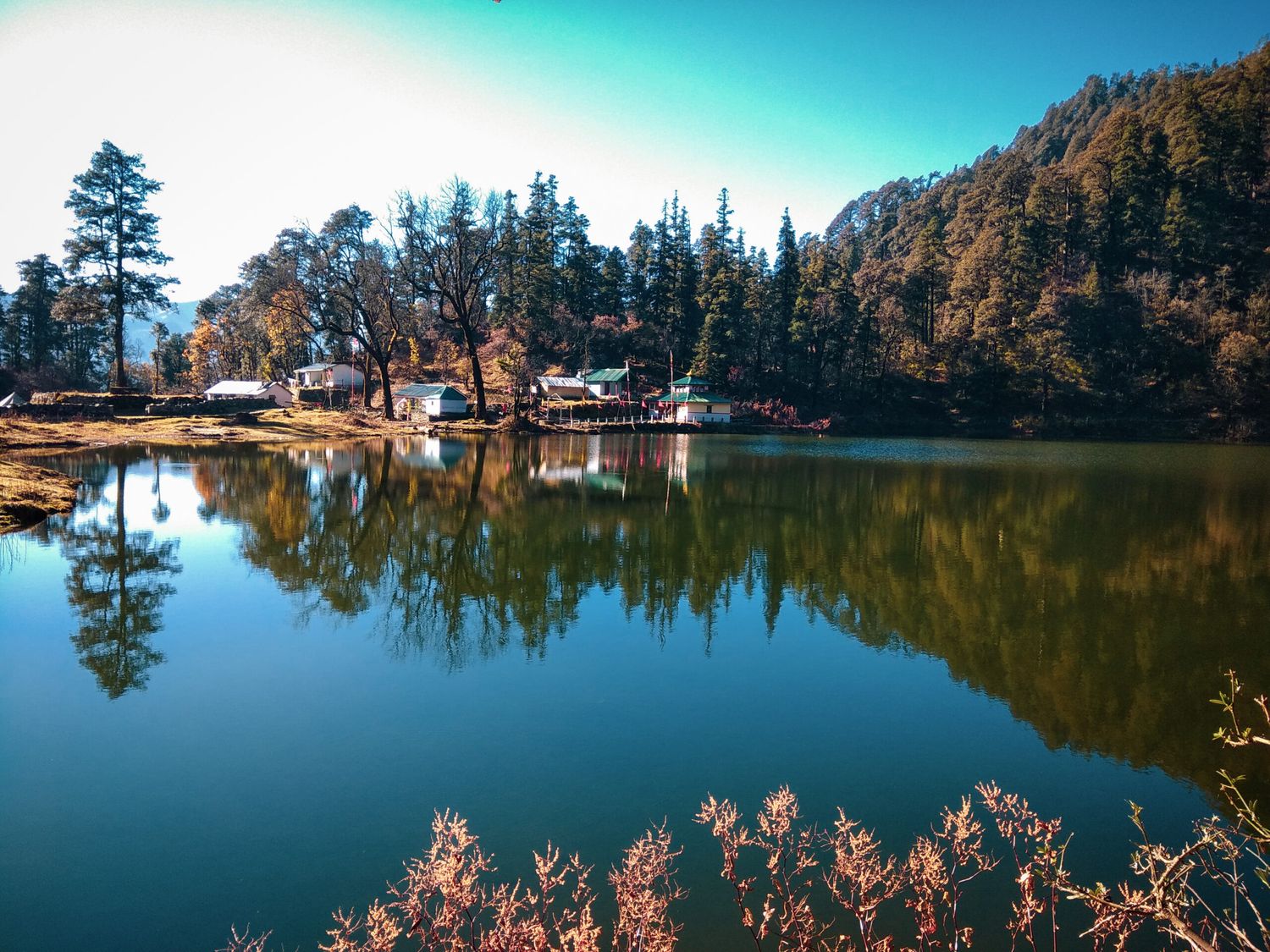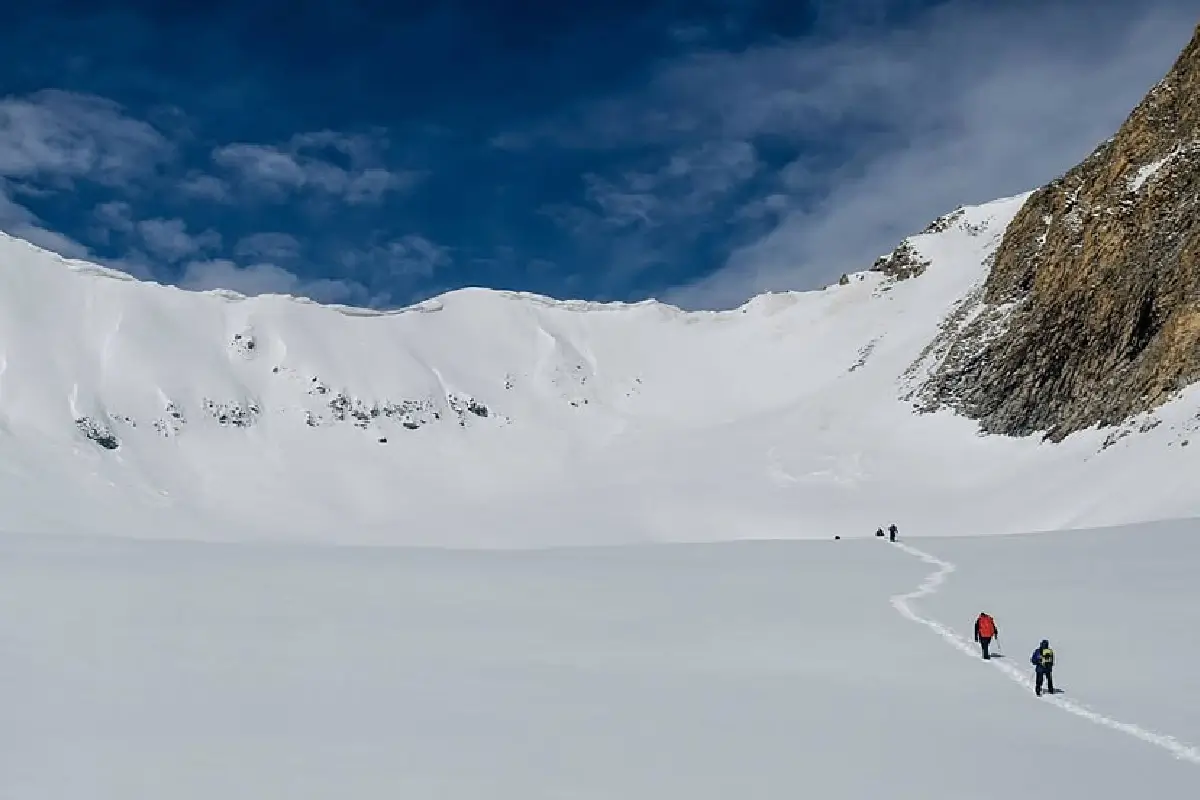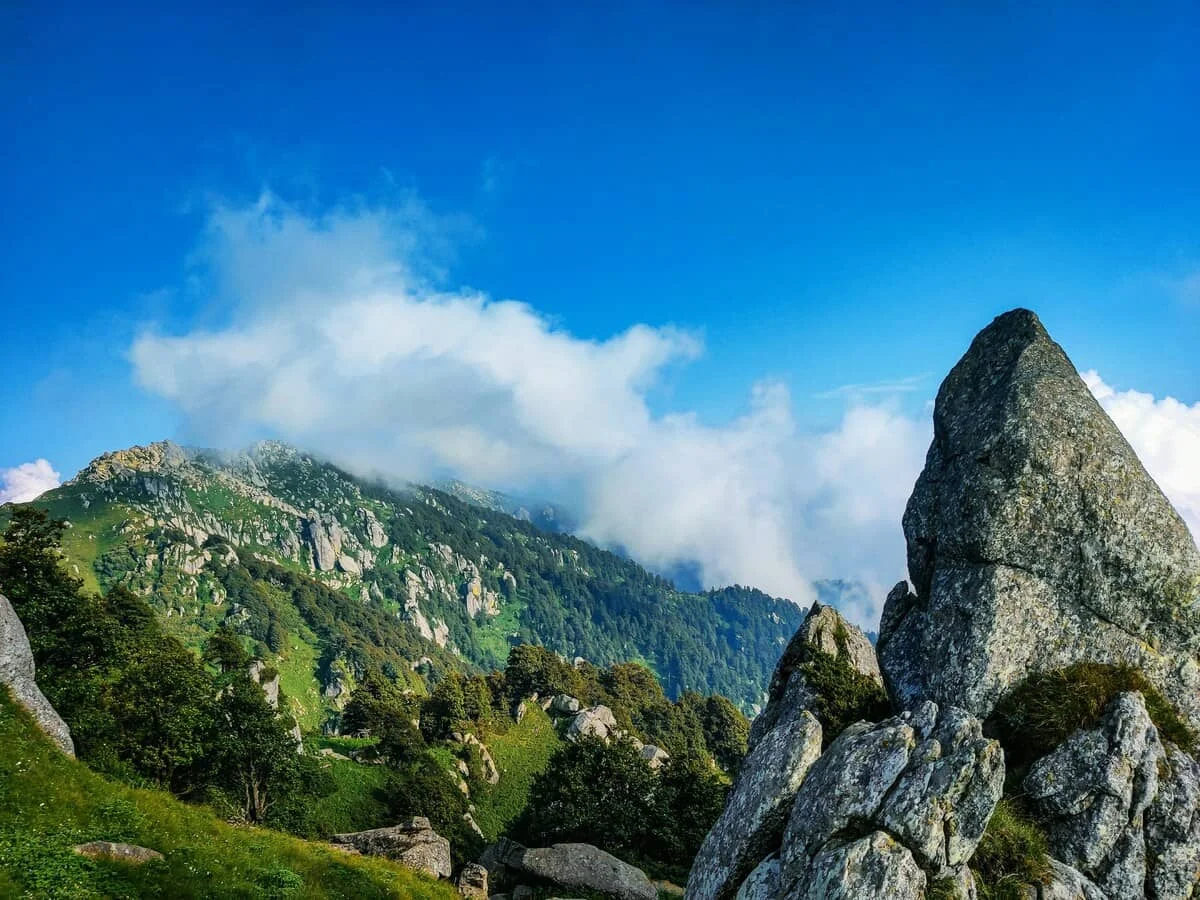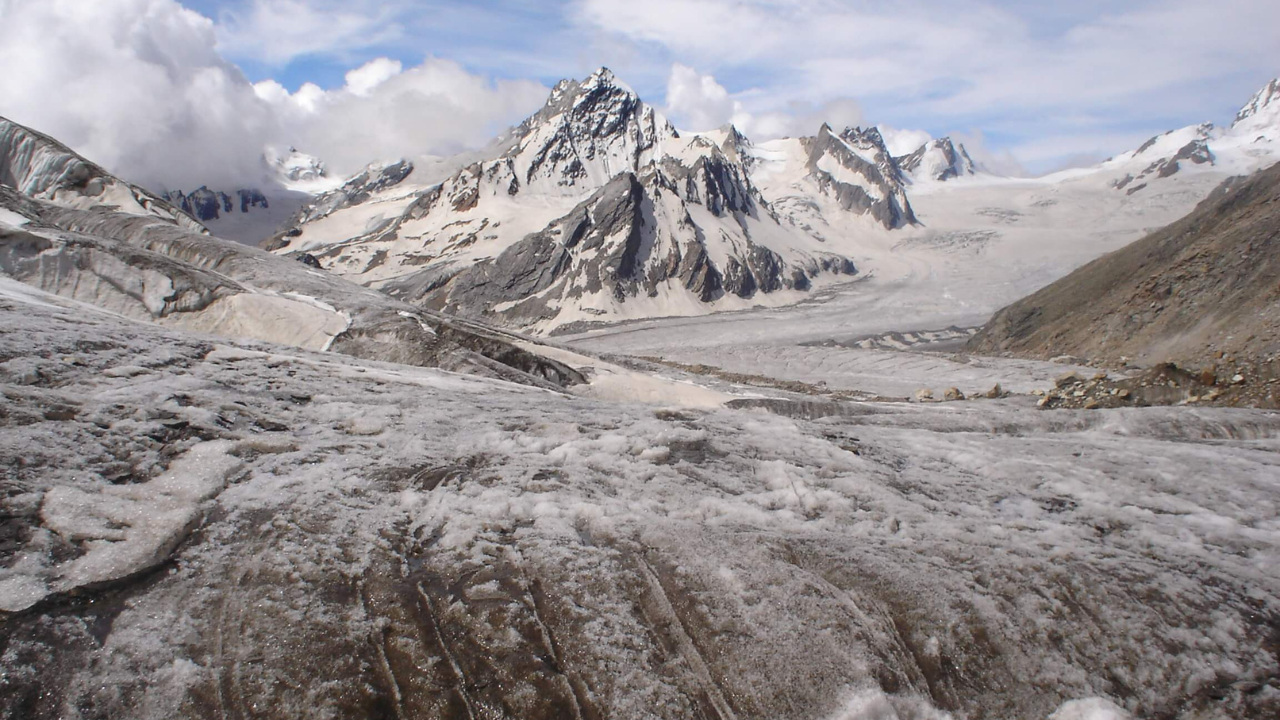Kedarkantha Trek: The Winter Wonder of Uttarakhand
The Kedarkantha Trek is one of the most popular winter treks in India, known for its scenic beauty, snow-covered trails, and panoramic views of Himalayan peaks. Located in the Govind Wildlife Sanctuary, this trek offers a perfect blend of adventure, peace, and raw nature, ideal for beginners and seasoned trekkers alike.
Why Kedarkantha is Perfect for Beginners
With its moderate gradient, well-marked trails, and gradual altitude gain, Kedarkantha is an excellent introduction to high-altitude trekking. Even first-timers find it manageable with basic fitness.
Mesmerizing Snow Trails
One of the biggest attractions is walking on thick snow during peak winters. The white forest floors, frozen lake Juda Ka Talab, and snow-capped campsites make every step unforgettable.
Sunrise from the Summit
The view from the Kedarkantha summit at sunrise is breathtaking. It offers a 360-degree panorama of Swargarohini, Black Peak, Bandarpoonch, and many others, glowing golden in the early light.
Cultural Glimpse in Sankri Village
Sankri, the base village, showcases rustic Himalayan life, wooden homes, and local hospitality. The cultural immersion before and after the trek adds to the charm.
